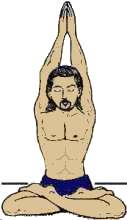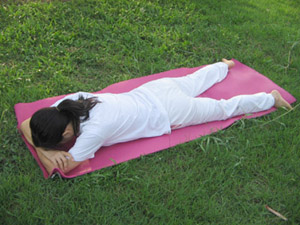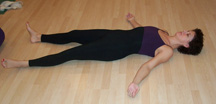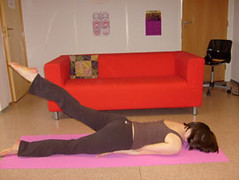Immunisation : Don't take disease for granted prevent them with Vaccines.
The previous year, the health ministry recorded many cases of measles and diphtheria. Hepatitis B is spreading like an epidemic, the disease is chronic in millions of people who have been infected with it worldwide. Millions of people suffer from various diseases, and some even die of them because of factors ranging from poor care to lack of awareness about diseases and their prevention.
An important mode of prevention is "Vaccination".
Prevention is better than cure :
Vaccines are the cheapest, effective and most most people friendly way of preventions, In the battle against infectious disease, the victory may be on mankind's side, but what if the disease goes undetected for long? Tuberculosis is instance curable. So is hepatitis, a viral infection that affects the liver. These and many more infections are curable if diagnosed early. There are umpteen number of cases of delayed and wrong diagnoses, and expenses mount with costs of tackling there ifs and buts is prevention through vaccination.
The need for taking vaccines is all the more important because of the principle of community immunisation; that is if 66%of the population is immunised, the remaining 34% automatically gets the protection against the disease. Immunising the larger population helps control the spread of the disease.
Understanding a vaccine :
"Vaccine" originates from the latin word vaca, meaning cow. The first scientific vaccination-by producing cowpox pus in to an eight year old boy's bloodstream. The experiment was a success and the boy did not get smallpox even on direct exposure. At the third World Health Assembly, smallpox was declared eradicated from the world.
An antigen is introduced in to the body in its weakest form, which teaches the body how to defend itself against pathogen by creating an immune response. The immune system produces an immune response to the pathogen by making antibodies, killer cells or both. The immune system has memory B cells (producing antibodies) and memory T cell(helping the production of antibodies or killer T cells). When the B cells next encounter the real pathogen, the immune system remembers it and responds faster than it would have if the person had never received the vaccine. This is called :immune memory".
A preventing vaccine is meant for those who have not been infected with the pathogen that the vaccine is designed to protect against. According to IAVI ( International AIDS vaccine Institute), a vaccine may work in the following ways :
- By stopping replication of the pathogen, so that it can not infect more cells.
- By producing antibodies that attach to the pathogen, rendering it harmless. (antibody response)
- By producing immune cells that kill cells that have been infected with the pathogen (killer cel response).
- Some vaccines also work if given immediately after exposure, (such as a rabies vaccine given right after a dog bite provided the patient has been vaccinated before and has immune memory) besides, there are therapeutic vaccines that can start an immune response after a person has been infected.
Vaccines for Adults :
- Flu : Influenza vaccination reduces the risk of hospitalization for cardio vascular diseases by 19% and in diabetics by 56%. In the elderly, it reduces by 39% the chances of hospitalization due to pneumonia and by 32% the chances of hospitalization for respiratory conditions.
- Shingles : zoster vaccine : Those who have already had an episode of shingles can take it. Side effects could be rashes at the injection site, headache.
- Hepatitis A &B : one in 20 people in India is a carrier of hepatitis B virus which causes 80%of all liver cancer and about 1% of all adult death. The hepatitis A vaccine is administered in two doses while hepatitis B is generally given in three doses.
- MMR : Advised especially for women of child bearing age. A rubella infection in a pregnant women can affect her unborn child, too. An attack of mumps can lead to orchitis, causing infertility in male. A combo MMRV ( MMR with varicella) vaccine is available.
- Varicella : The varicella vaccine can prevent complications if the person has not had chickenpox in childhood. This two dose vaccination is recommended for those who have reduced immunity.
- Tetanus : one vaccine provides immunization for 10 years from this deadly disease.
- Japanese encephalitis and yellow fever : vaccines for these diseases are recommended for frequent traveller.
Combination vaccines : combination vaccines or "super" vaccines combine many vaccines in to a single shot some of them are ;
- DPT with hepatitis B and inactivated polio (IPV)
- MMR with chickenpox
- Hepatitis A and B
- Hib (influenza B ) and DPT
Side effects, just like those in separate vaccinations include fever and irritability.
Vaccines for children :
- BCG
- Diphtheria (DPT)
- Polio
- Hepatitis A
- Hepatitis B
- MMR ( mumps, measles, rubella)
- Chickenpox (varicella)- Hib (Haemophilus influenza type B)




















